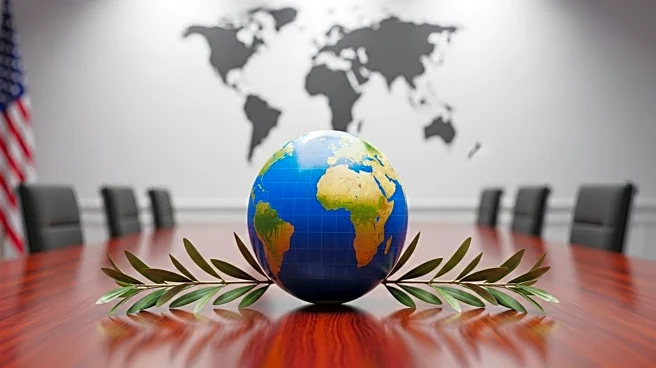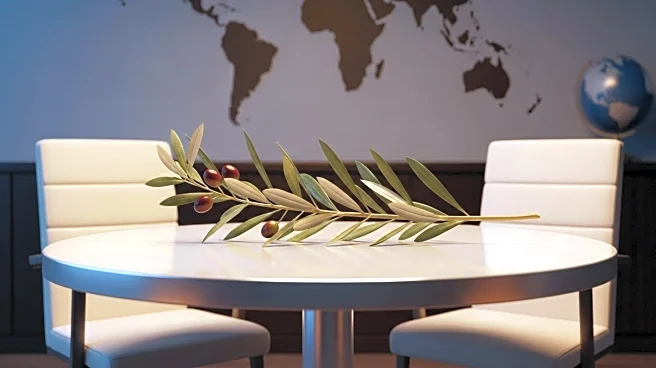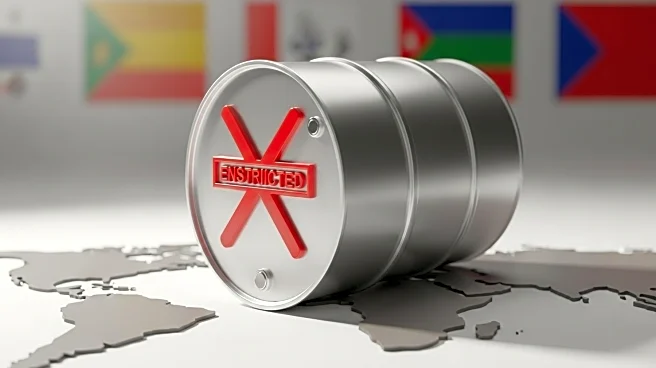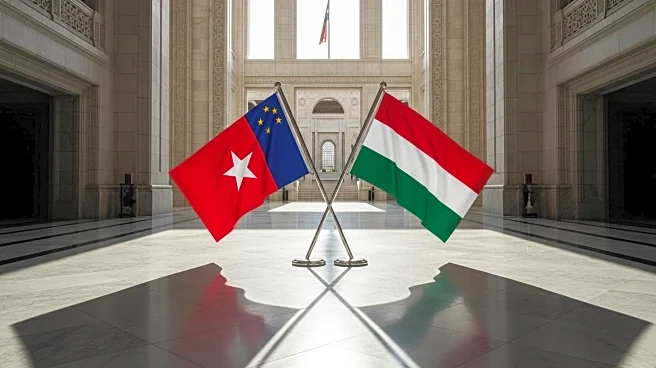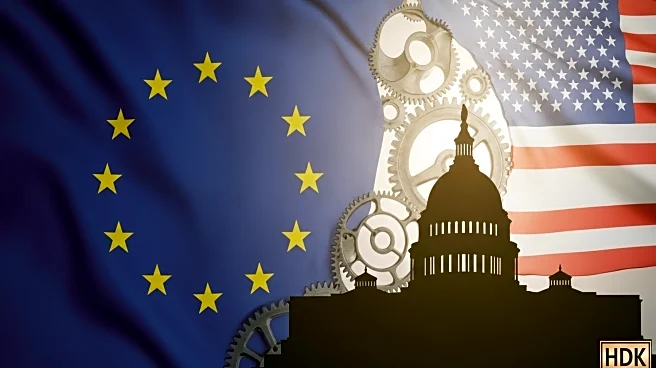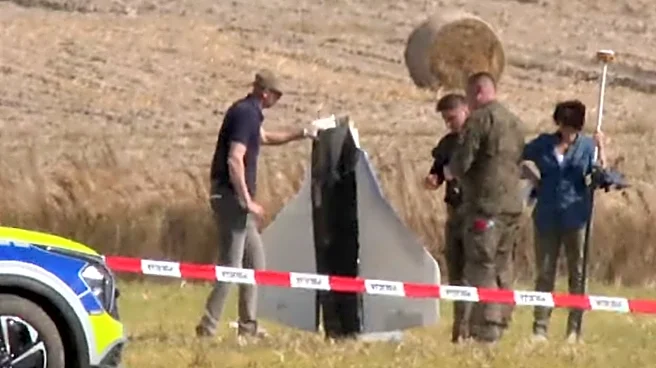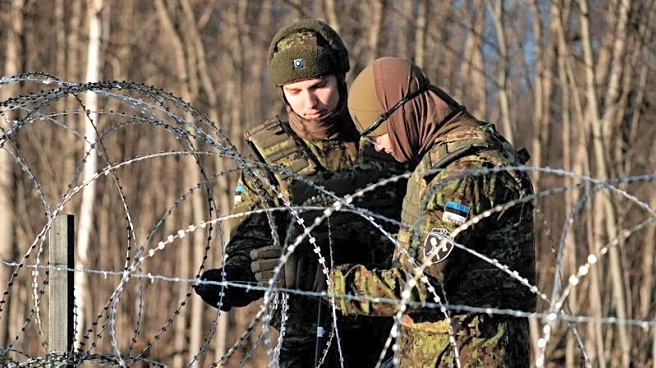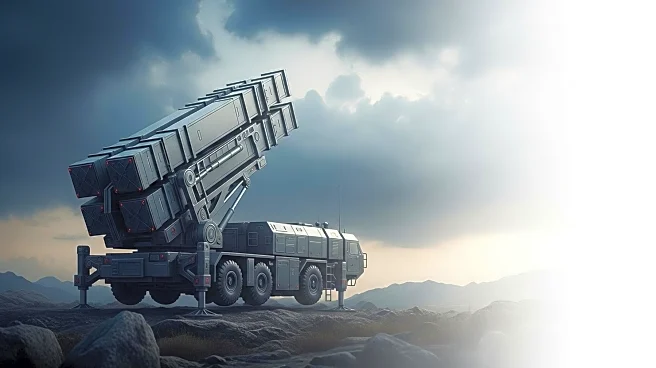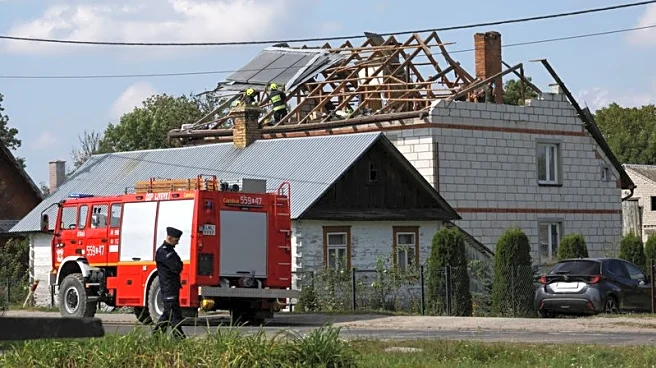What's Happening?
President Trump has initiated a series of peace summits aimed at resolving the ongoing Russia-Ukraine conflict. On August 15, Trump met with Russian President Vladimir Putin in Alaska, followed by a summit at the White House on August 18 with Ukrainian President Volodymyr Zelensky and key European leaders. These meetings have been described by NATO Secretary-General Mark Rutte as breaking the deadlock in dialogue. The summits represent a shift in the U.S. approach to the conflict, drawing both hope and skepticism from international observers.
Why It's Important?
The peace summits led by President Trump are crucial as they signal a renewed effort to address the Russia-Ukraine conflict, which has had significant geopolitical and humanitarian impacts. The involvement of key leaders and the breaking of dialogue deadlocks could pave the way for potential resolutions and de-escalation of tensions. Successful negotiations could lead to improved relations between Russia and Ukraine, impacting regional stability and international alliances. However, skepticism remains regarding the effectiveness of these summits and the willingness of involved parties to compromise.
What's Next?
The outcomes of the peace summits will likely influence future diplomatic efforts and negotiations. Continued dialogue between Russia, Ukraine, and international leaders is expected, with potential agreements or compromises being explored. The international community will be closely monitoring the situation, with possible implications for NATO and European security policies. The response from Russia and Ukraine, as well as their respective allies, will be critical in determining the next steps in the peace process.
Beyond the Headlines
The peace efforts raise questions about the role of the U.S. in international conflict resolution and its influence on global diplomacy. The ethical considerations of negotiating peace amid ongoing hostilities and humanitarian crises are significant. The long-term implications for U.S.-Russia relations and the geopolitical landscape in Eastern Europe are also noteworthy.
